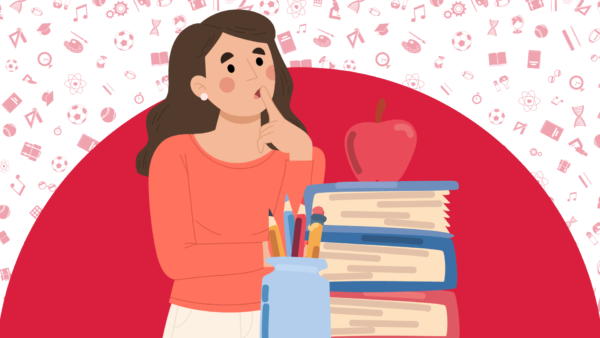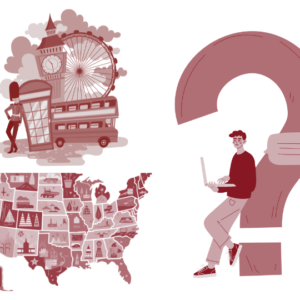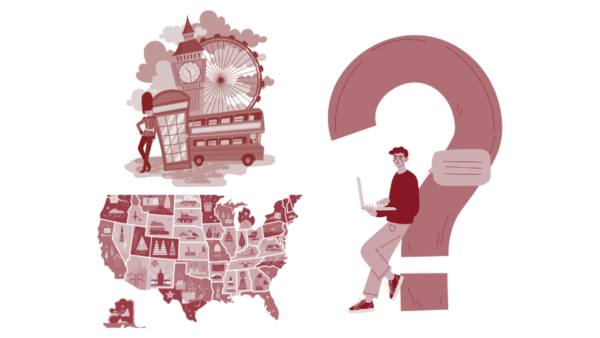As several colleges and universities are planning to continue online learning into the spring, thousands of students are now looking at over a year of learning from home. In the current scenario, remote learning is slowly moving towards becoming a long term mode of instruction, experts believe that the mental, emotional and academic impacts of that shift are likely to be more than just challenging. It thus becomes worthwhile to understand the different methodologies that are actively being adapted in the education space as a coping mechanism.
Table of Contents:
- What is blended learning?
- Blended learning models
- What includes the blended learning model?
- Benefits of blended learning
Several studies have been conducted to understand the efficiency and effectiveness of this teaching strategy. According to the 2013 report from the Department of Education’s Office of Educational Technology, students in blended learning classes outperformed those in fully online or fully in-person classes.
A study conducted by The University of Central Florida (UCF) indicates that students taking blended courses performed as well or better than those in face-to-face classes.
Furthermore, research by EDUCAUSE Center for Analysis and Research showed that a significant percentage of undergraduate students favor a blended learning environment. Details of this research are accessible here.
As per statistics put out by UNESCO, over 190 countries faced disruption informal learning and teaching impacting nearly 1.5 billion learners at some point. However, despite the scale and impact of the Covid-19 pandemic, private education enterprises across the globe were swift in putting out resources for the benefit of learners. There is no dispute about the rise in the consumption and demand of e-learning and digital ways of learning and teaching in the last few years. Covid-19 has only further accelerated the rate at which digital is being adopted. Therefore, sooner rather than later, it is most pertinent for students and teachers to adopt solutions that adapt well to this mixed teaching-learning environment, where print and digital coexist. A blended approach is something that will take care of the need to incorporate audio-visual elements, online assessments anytime, anywhere access for students and teachers, ensuring their continuing interest, and engagement.
As per many experts, a technique such as a blended learning method has the ability to combine the best of both worlds in a manner that is less costly, time-saving, and much more personalized for both the universities and students.









![Best Universities in New Zealand for International Students [2025 Rankings]](https://tcglobal.com/wp-content/uploads/2025/09/Best-Universities-in-New-Zealand-for-International-Students-2025-Rankings-600x338.png)